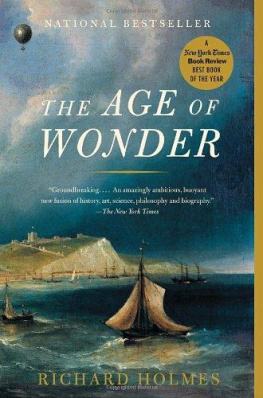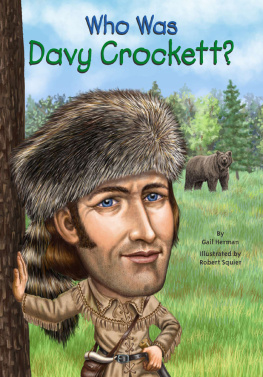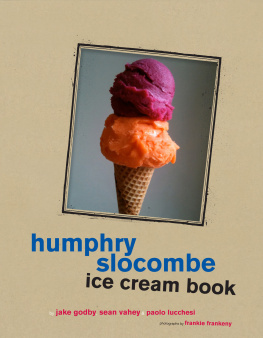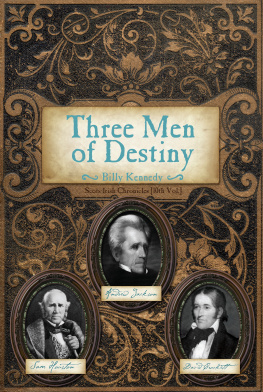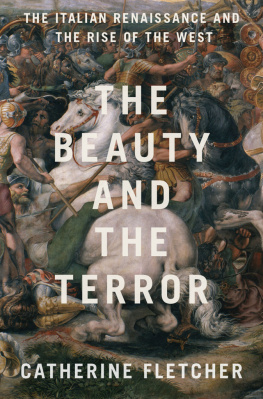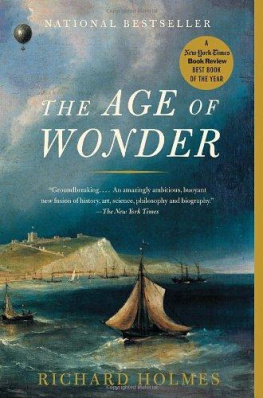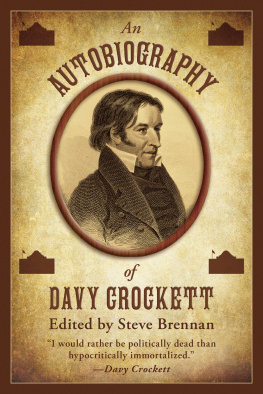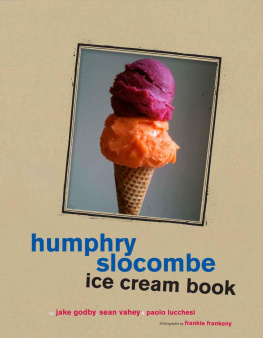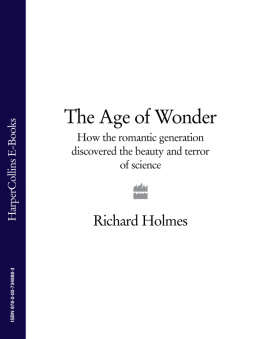Davy Humphry - The age of wonder how the romantic generation discovered the beauty and terror of science
Here you can read online Davy Humphry - The age of wonder how the romantic generation discovered the beauty and terror of science full text of the book (entire story) in english for free. Download pdf and epub, get meaning, cover and reviews about this ebook. City: Gran Bretaña, year: 2010, genre: Detective and thriller. Description of the work, (preface) as well as reviews are available. Best literature library LitArk.com created for fans of good reading and offers a wide selection of genres:
Romance novel
Science fiction
Adventure
Detective
Science
History
Home and family
Prose
Art
Politics
Computer
Non-fiction
Religion
Business
Children
Humor
Choose a favorite category and find really read worthwhile books. Enjoy immersion in the world of imagination, feel the emotions of the characters or learn something new for yourself, make an fascinating discovery.
- Book:The age of wonder how the romantic generation discovered the beauty and terror of science
- Author:
- Genre:
- Year:2010
- City:Gran Bretaña
- Rating:4 / 5
- Favourites:Add to favourites
- Your mark:
- 80
- 1
- 2
- 3
- 4
- 5
The age of wonder how the romantic generation discovered the beauty and terror of science: summary, description and annotation
We offer to read an annotation, description, summary or preface (depends on what the author of the book "The age of wonder how the romantic generation discovered the beauty and terror of science" wrote himself). If you haven't found the necessary information about the book — write in the comments, we will try to find it.
Davy Humphry: author's other books
Who wrote The age of wonder how the romantic generation discovered the beauty and terror of science? Find out the surname, the name of the author of the book and a list of all author's works by series.
The age of wonder how the romantic generation discovered the beauty and terror of science — read online for free the complete book (whole text) full work
Below is the text of the book, divided by pages. System saving the place of the last page read, allows you to conveniently read the book "The age of wonder how the romantic generation discovered the beauty and terror of science" online for free, without having to search again every time where you left off. Put a bookmark, and you can go to the page where you finished reading at any time.
Font size:
Interval:
Bookmark:

The Age of
Wonder
How the Romantic Generation discovered
the Beauty and Terror of Science
Richard Holmes
To Jon Cook at Radio Flatlands
Two things fill my mind with ever new and increasing wonder and awe, the more
often and persistently I reflect upon them: the starry heaven above me and the
moral law within meI see them in front of me and unite them immediately
with the consciousness of my own existence.
I MMANUEL K ANT, Critique of Practical Reason (1788)
He thought about himself, and the whole Earth,
Of Man the wonderful, and of the Stars,
And how the deuce they ever could have birth;
And then he thought of Earthquakes, and of Wars,
How many miles the Moon might have in girth,
Of Air-balloons, and of the many bars
To perfect Knowledge of the boundless Skies;
And then he thought of Donna Julias eyes.
B YRON, Don Juan (1819), Canto 1, stanza 92
Those to whom the harmonious doors
Of Science have unbarred celestial stores
W ILLIAM W ORDSWORTH, Lines Additional to an Evening Walk (1794)
Nothing is so fatal to the progress of the human mind as to suppose our views of
science are ultimate; that there are no mysteries in nature; that our triumphs are
complete; and that there are no new worlds to conquer.
H UMPHRY D AVY, lecture (1810)
I shall attack Chemistry, like a Shark.
S AMUEL T AYLOR C OLERIDGE, letter (1800)
Then felt I like some watcher of the skies
When a new planet swims into his ken;
Or like stout Cortez when with wondring eyes
He stared at the Pacific
J OHN K EATS, ms of sonnet (1816)
To the natural philosopher there is no natural object unimportant or trifling
a soap bubblean applea pebbleHe walks in the midst of wonders.
J OHN H ERSCHEL, A Preliminary Discourse on the Study of Natural Philosophy (1830)
Yes, there is a march of Science, but who shall beat the drums of its retreat?
C HARLES L AMB, shortly before his death (1834)
Table of Contents
In my first chemistry class, at the age of fourteen, I successfully precipitated a single crystal of mineral salts. This elementary experiment was done by heating a solution of copper sulphate (I think) over a Bunsen burner, and leaving it to cool overnight. The next morning there it lay at the bottom of my carefully labelled test tube: a single beautiful crystal, the size of a flattened Foxs Glacier Mint, a miniature ziggurat with a faint blue opalescence, propped up against the inside of the glass (too big to lie flat), monumental and mysterious to my eyes. No one elses test tube held anything but a few feeble grains. I was triumphant, my scientific future assured.
But it turned out that the chemistry master did not believe me. The crystal was too big to be true. He said (not at all unkindly) that I had obviously faked it, and slipped a piece of coloured glass into the test tube instead. It was quite a good joke. I implored him, Oh, test it, sir; just test it! But he refused, and moved on to other matters. In that moment of helpless disappointment I think I first glimpsed exactly what real science should be. To add to it, years later I learned the motto of the Royal Society: Nullius in Verba -Nothing upon Anothers Word. I have never forgotten this incident, and have often related it to scientific friends. They nod sympathetically, though they tend to add that I did not (as a matter of chemical fact) precipitate a crystal at all-what I did was to seed one, a rather different process. No doubt this is so. But the eventual consequence, after many years of cooling, has certainly been to precipitate this book.
The Age of Wonder is a relay race of scientific stories, and they link together to explore a larger historical narrative. This is my account of the second scientific revolution, which swept through Britain at the end of the eighteenth century, and produced a new vision which has rightly been called Romantic science.
Romanticism as a cultural force is generally regarded as intensely hostile to science, its ideal of subjectivity eternally opposed to that of scientific objectivity. But I do not believe this was always the case, or that the terms are so mutually exclusive. The notion of wonder seems to be something that once united them, and can still do so. In effect there is Romantic science in the same sense that there is Romantic poetry, and often for the same enduring reasons.
The first scientific revolution, of the seventeenth century, is familiarly associated with the names of Newton, Hooke, Locke and Descartes, and the almost simultaneous foundations of the Royal Society in London and the Acadmie des Sciences in Paris. Its existence has long been accepted, and the biographies of its leading figures are well known. It was inspired primarily by a sudden series of breakthroughs in the fields of astronomy and chemistry. It was a movement that grew out of eighteenth-century Enlightenment rationalism, but largely transformed it, by bringing a new imaginative intensity and excitement to scientific work. It was driven by a common ideal of intense, even reckless, personal commitment to discovery.
It was also a movement of transition. It flourished for a relatively brief time, perhaps two generations, but produced long-lasting consequences-raising hopes and questions-that are still with us today. Romantic science can be dated roughly, and certainly symbolically, between two celebrated voyages of exploration. These were Captain James Cooks first round-the-world expedition aboard the Endeavour, begun in 1768, and Charles Darwins voyage to the Galapagos islands aboard the Beagle, begun in 1831. This is the time I have called the Age of Wonder, and with any luck we have not yet quite outgrown it.
The idea of the exploratory voyage, often lonely and perilous, is in one form or another a central and defining metaphor of Romantic science. That is how William Wordsworth brilliantly transformed the great Enlightenment image of Sir Isaac Newton into a Romantic one. While a university student in the 1780s Wordsworth had often contemplated the full-size marble statue of Newton, with his severely close-cropped hair, that still dominates the stone-flagged entrance hall to the chapel of Trinity College, Cambridge. As Wordsworth originally put it, he could see, a few yards from his bedroom window, over the brick wall of St Johns College,
The Antechapel, where the Statue stoodOf Newton, with his Prism and silent Face.
Sometime after 1805, Wordsworth animated this static figure, so monumentally fixed in his assured religious setting. Newton became a haunted and restless Romantic traveller amidst the stars:
And from my pillow, looking forth by lightOf moon or favouring stars, I could behold
The Antechapel where the Statue stood
Of Newton, with his prism and his silent face,
The marble index of a Mind for ever
Voyaging through strange seas of Thought, alone.
Around such a vision Romantic science created, or crystallised, several other crucial conceptions-or misconceptions-which are still with us. First, the dazzling idea of the solitary scientific genius, thirsting and reckless for knowledge, for its own sake and perhaps at any cost. This neo-Faustian idea, celebrated by many of the imaginative writers of the period, including Goethe and Mary Shelley, is certainly one of the great, ambiguous creations of Romantic science which we have all inherited. Closely connected with this is the idea of the Eureka moment, the intuitive inspired instant of invention or discovery, for which no amount of preparation or preliminary analysis can really prepare. Originally the cry of the Greek philosopher Archimedes, this became the fire from heaven of Romanticism, the other true mark of scientific genius, which also allied it very closely to poetic inspiration and creativity. Romantic science would seek to identify such moments of singular, almost mystical vision in its own history. One of its first and most influential examples was to become the story of the solitary, brooding Newton in his orchard, seeing an apple fall and suddenly having his vision of universal gravitation. This story was never told by Newton at the time, but only began to emerge in the mid-eighteenth century, in a series of memoirs and reminiscences.
Next pageFont size:
Interval:
Bookmark:
Similar books «The age of wonder how the romantic generation discovered the beauty and terror of science»
Look at similar books to The age of wonder how the romantic generation discovered the beauty and terror of science. We have selected literature similar in name and meaning in the hope of providing readers with more options to find new, interesting, not yet read works.
Discussion, reviews of the book The age of wonder how the romantic generation discovered the beauty and terror of science and just readers' own opinions. Leave your comments, write what you think about the work, its meaning or the main characters. Specify what exactly you liked and what you didn't like, and why you think so.

